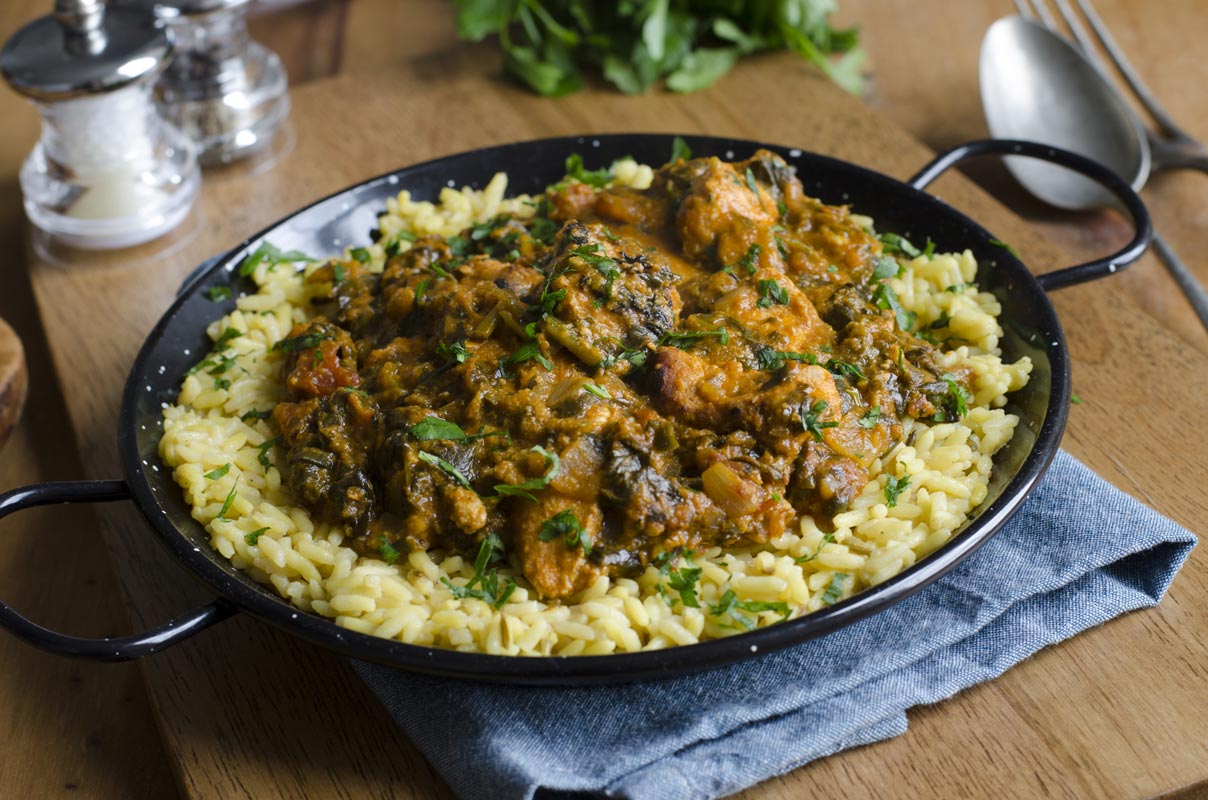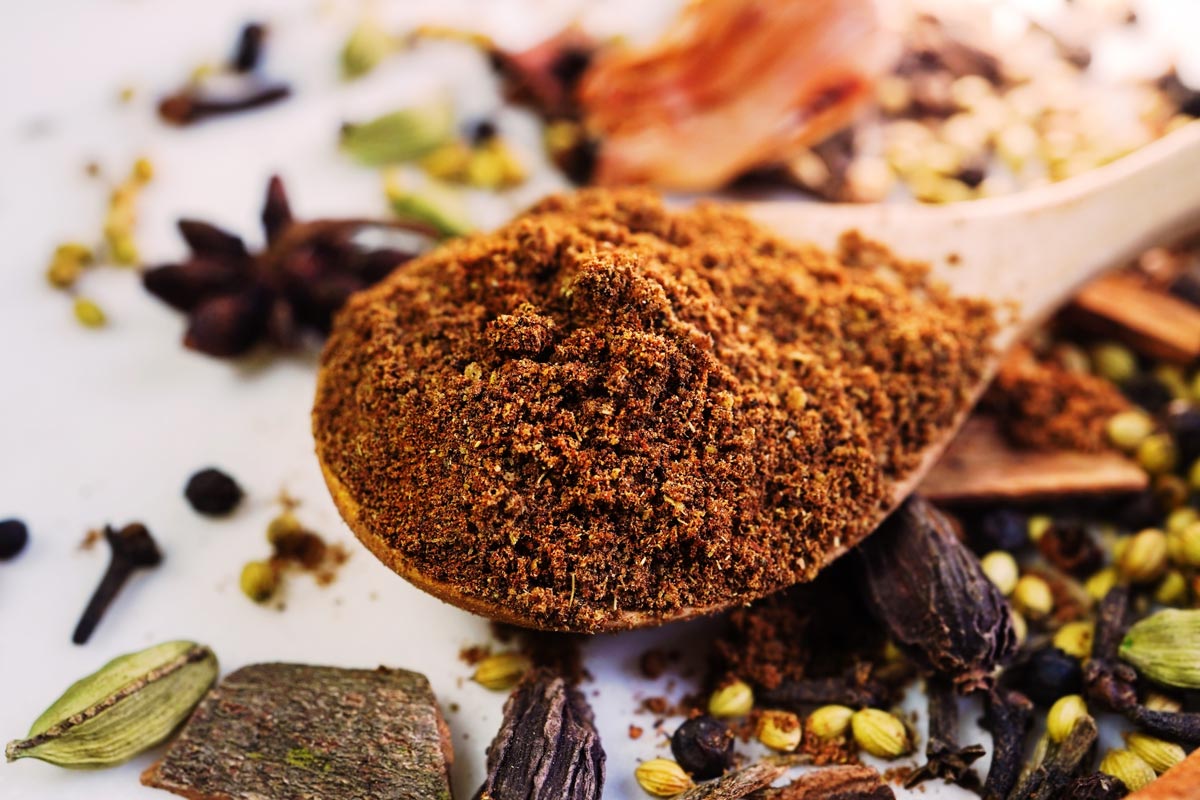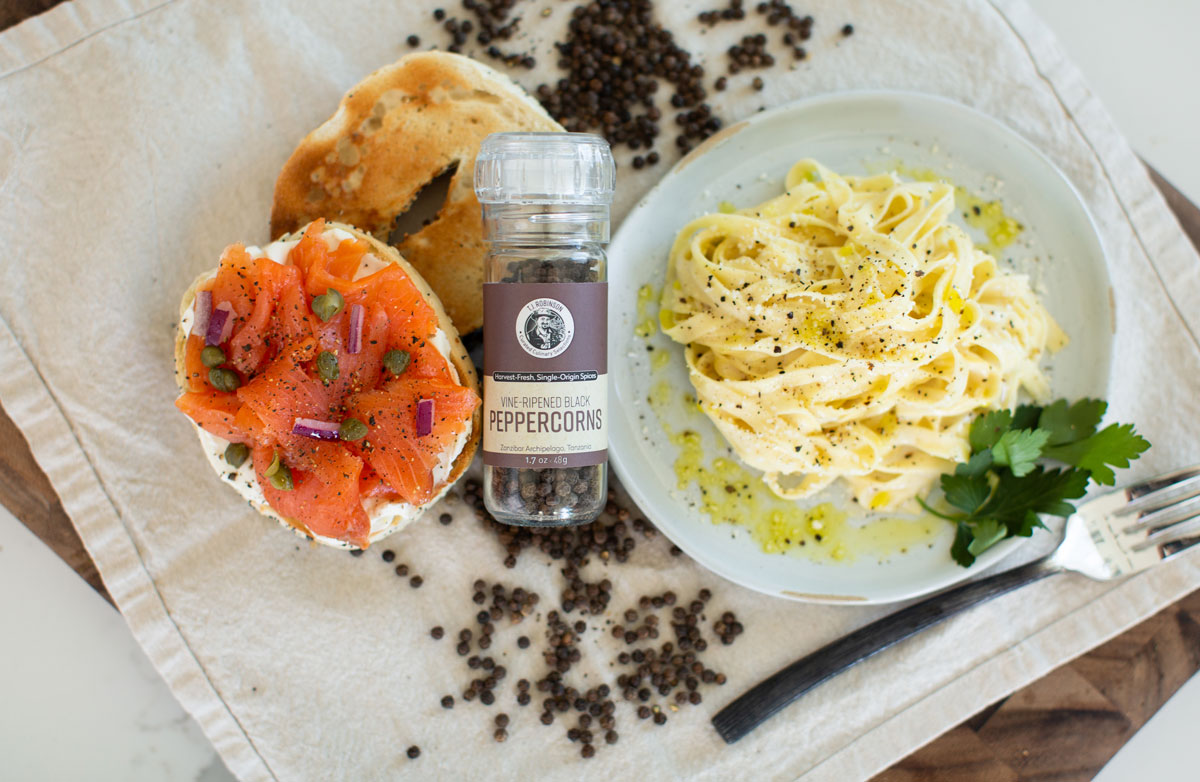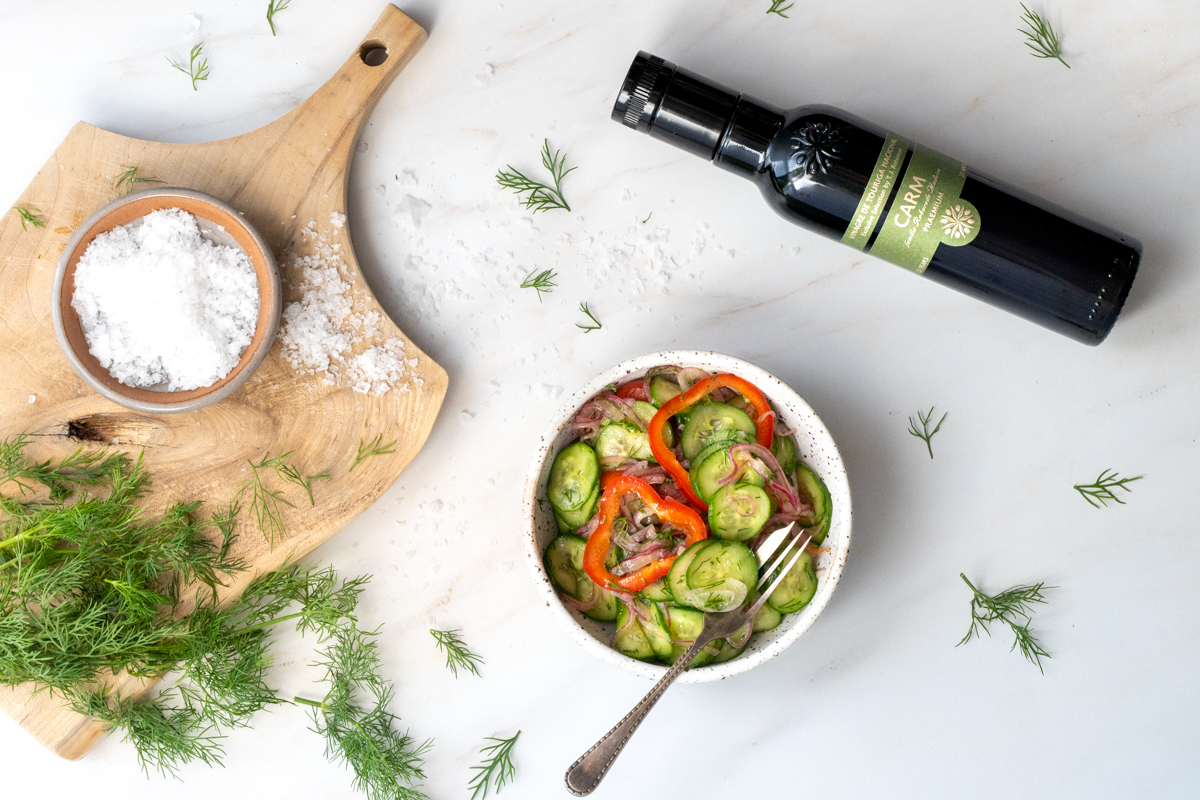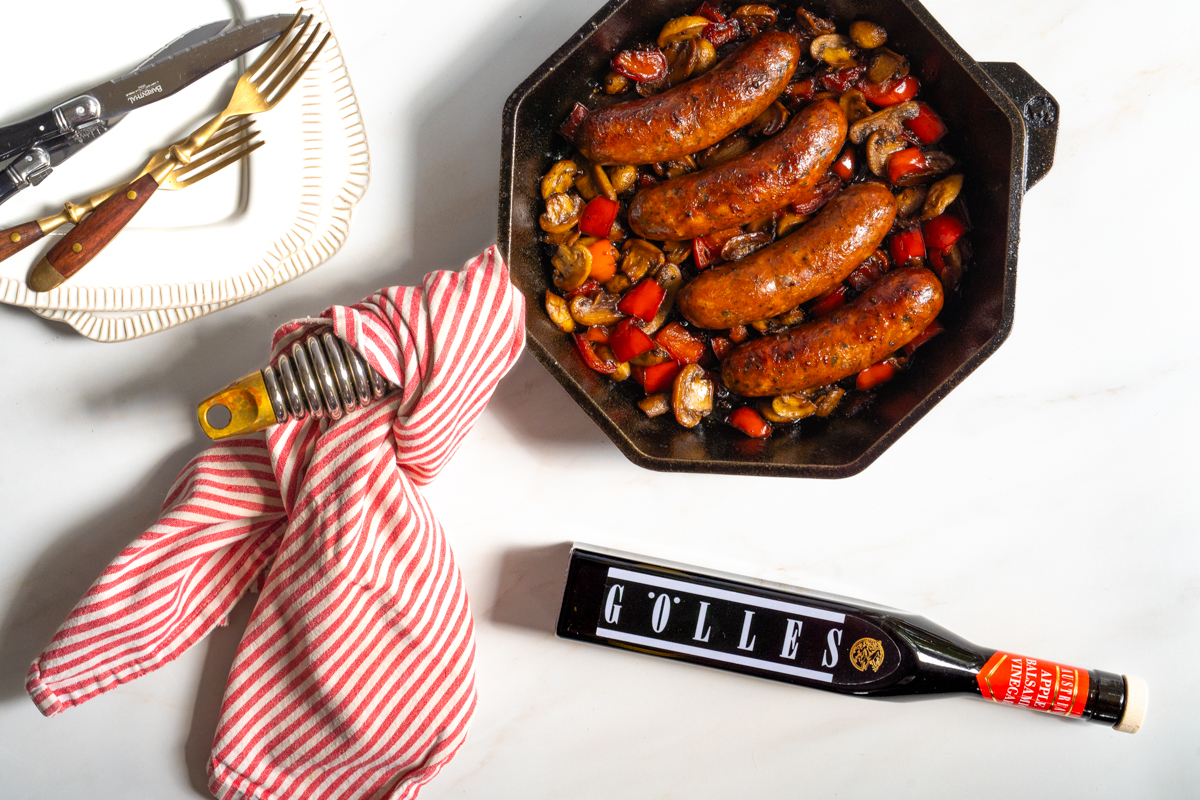Guacamole and Pico de Gallo Recipes, Spotlight on Cumin and Black Lime, Toasting Spices and Your Health, and a 6th Sense Discovered!
Let’s get the party started! Who doesn’t love guac and salsa? (My pico de gallo recipe, below, is one of the simplest salsas you can make.) Just add your favorite dippers—I love bell pepper spears for the extra nutrients—and you’ll have a happy crowd.
Both of this issue’s recipes feature two of the most flavorful spices on the planet: wild cumin and black lime (read on to discover more about them). If these are new to you, you’ll be pleasantly surprised by their depth of flavor. I love them both but was frustrated by not being able to find them easily in stores. So, I became determined to locate harvest-fresh, single-origin spices. The latest spice collection in my Curated Culinary Selections includes them both along with six other spice essentials.
Speaking of taste sensations, I’m also sharing the first taste bud discovery in over a century—turns out we have a sixth taste. I’m sure you’ll find the news as interesting as I did!
The Only Guac You’ll Ever Need
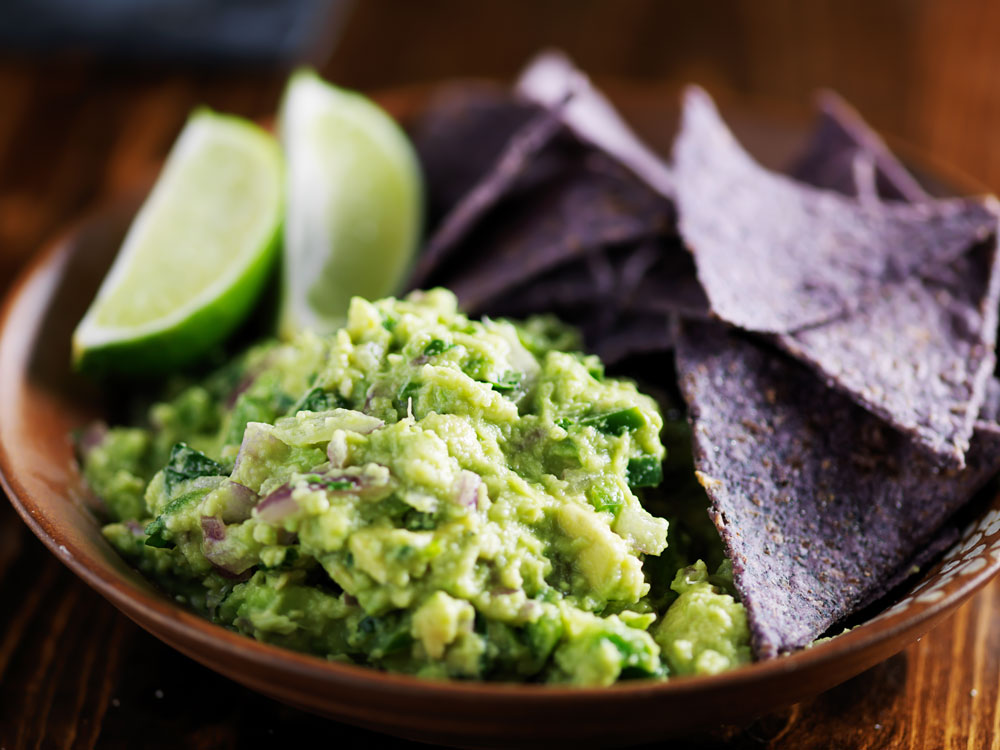 The Ultimate Guacamole
The Ultimate GuacamoleThis guacamole gets a jolt of flavor from cumin. You can intensify the heat by leaving in some of the jalapeño seeds.
Ingredients
- 2 garlic cloves, peeled
- 1 small jalapeño
- 1 small onion
- 1 cup of cilantro, leaves and some stems
- 3 large ripe avocados
- 1 tablespoon extra virgin olive oil, or more to taste
- 1 lime, halved
- 1 teaspoon cumin (wild if possible), toasted and ground
- Freshly ground black peppercorns
- Coarse sea salt
Directions
Mince the garlic and set it aside for 10 minutes to allow its healthful compound allicin to develop. Wearing gloves to keep the jalapeño’s powerful oils off your skin, slice the pepper in half lengthwise and use a small spoon to scrape out the ribs and seeds, and then cut it into a small dice. On a large cutting board, chop the onion into a large dice and keep chopping as you add in the garlic, jalapeños, and cilantro to meld them together. Halve the avocados and use a spoon to scoop all the flesh into a large bowl. Add the olive oil, coarsely mash the avocado with a fork, and then fold in the onion mixture. Squeeze in the juice of a lime half and fold in the cumin, a few twists of your peppercorn grinder, and a sprinkle of salt. Taste and adjust the seasonings, adding more olive oil, lime juice, black pepper, and/or salt as desired.
Yields 4-6 appetizer servings.
Pico de Gallo
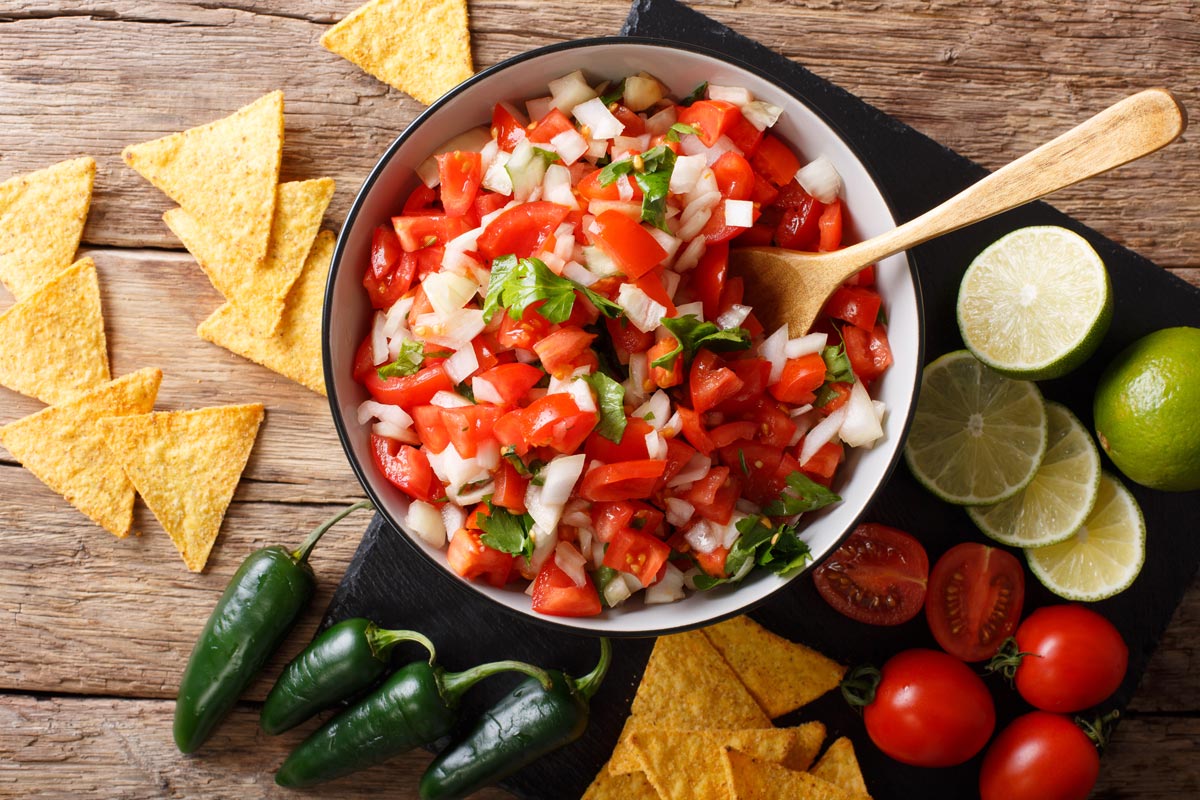 Pico de Gallo
Pico de GalloI love this Mexican condiment for its bold flavors and easy prep—no machines needed, just a good sharp knife to dice the main ingredients. Besides being a delicious dip for chips and veggies, it’s a great condiment for grilled chicken and fish for your next Taco Tuesday.
Ingredients
- 2 garlic cloves
- 2 large fresh tomatoes or 6 canned Roma tomatoes
- 1 medium onion
- 1 jalapeño or other chile pepper
- 1/2 cup chopped cilantro (leaves and some stems)
- 1 teaspoon cumin seeds, toasted and ground
- Juice of 1/2 lime
- Freshly ground black pepper
- Coarse sea salt
- Black Lime
Directions
Mince the garlic and set aside. Dice the tomatoes and onion. Wearing gloves to keep the powerful oils off your skin, slice the jalapeño in half lengthwise and use a small spoon to scrape out the ribs and seeds, and then cut it into a small dice. Place the vegetables in a large bowl along with the garlic and cilantro, and toss well. Fold in the cumin and lime juice. Taste, add a few twists of the black peppercorn grinder and a sprinkle of the salt, and taste again, adding more salt and pepper as desired. Let the flavors meld at room temperature for 30 minutes and then refrigerate until serving. Just before serving, top with a sprinkle of black lime.
Yields about 2 cups

Healthy Ingredient Spotlight
Cumin and Black Lime
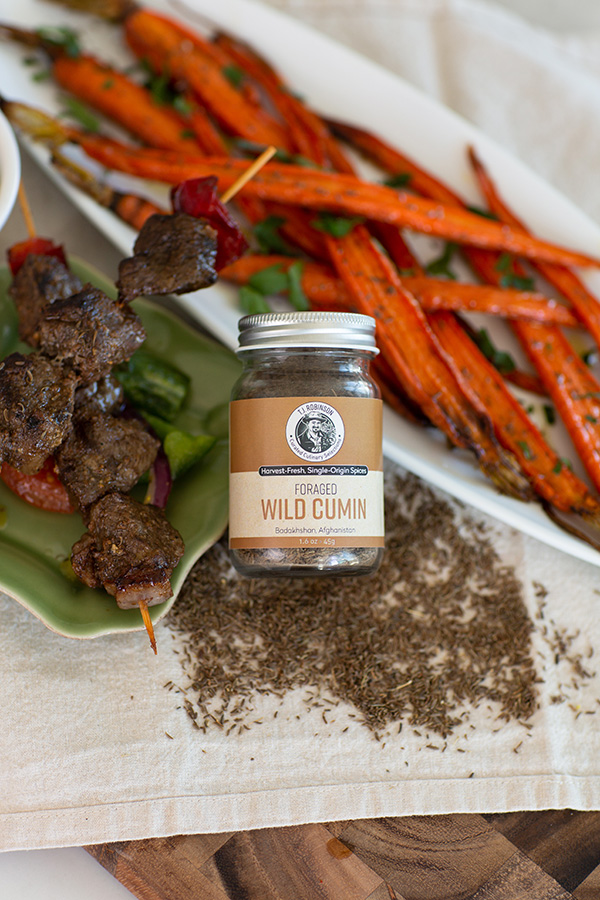
Cumin is used in so many cuisines, not only those of countries where it was first grown but also in others a world away. The common variety (Cuminum cyminum) is indigenous to the Middle East and central regions of India. My preference, wild cumin (Bunium persicum), used in cooking for centuries, has a somewhat mysterious history because it’s native to very remote areas of the world. These include regions of central Asia such as Iran, Pakistan, and the Himalayas in northern India, where it is known as kala jeera—you may see it listed that way in recipes, including Mughlai cuisine. The small, dark-brown seeds of wild cumin are extremely rare. They’re not farmed but rather handpicked from wild plants and then sun dried.
Why you should have this spice in your kitchen: Wild cumin, used whole or ground, shines in classic Indian dishes such as biryanis and curries, Middle Eastern falafel and hummus, and North African tagines and harissa, a heavily spiced chile paste. Cumin also is key to many exotic spice blends, such asbaharat and dukkah. But don’t be shy about using it in Mexican and Tex-Mex dishes that typically call for plain cumin, in beans and chili, and in guacamole and pico de gallo.It also adds wonderful zest when sprinkled whole on naan and other flatbreads and when ground for dry rubs and marinades.
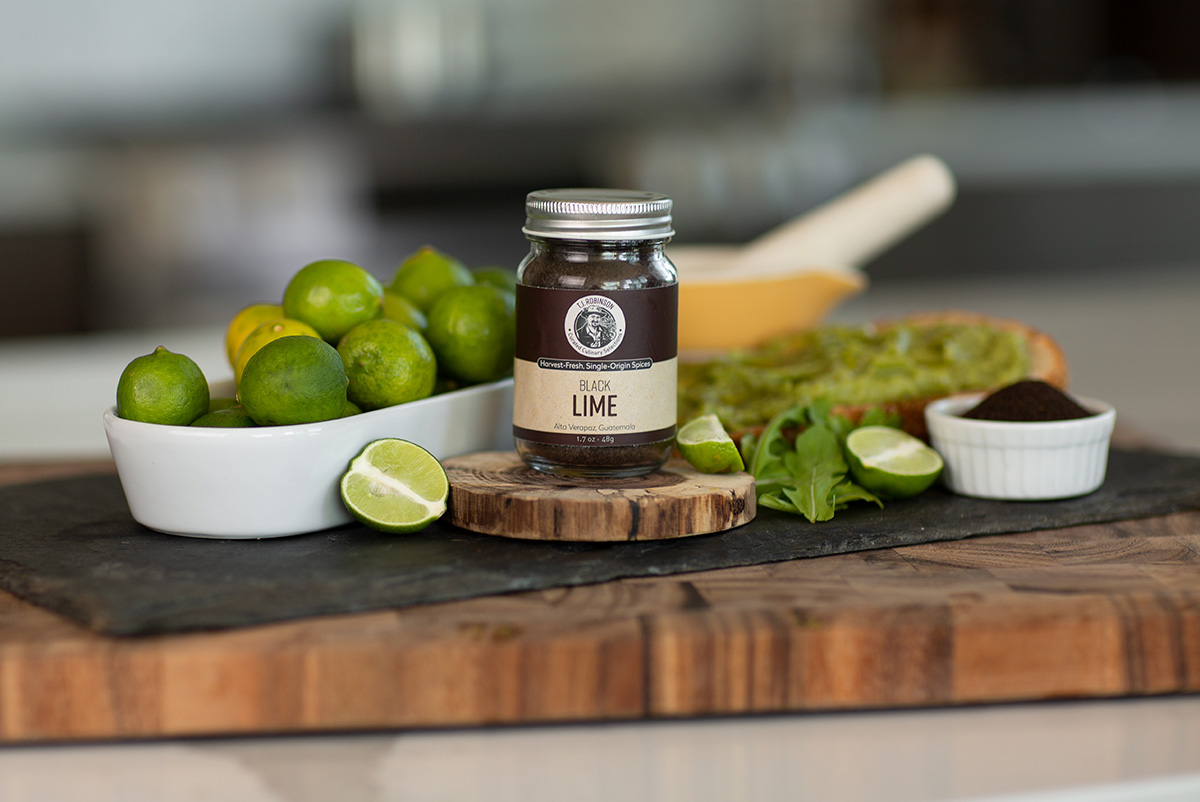
Black lime has a rich and storied legacy in Persian cuisine, dating back centuries, and has been used for everything from making a delicious tea to dyeing yarn. It’s popular in northern India, in Iraq, and in the Arab states of the Persian Gulf, including Saudi Arabia, Kuwait, and Oman, where it’s known as loomi or limu Omani. Still, many American cooks have never used black lime before, and it’s hard to find outside of some ethnic food stores. To create black lime,ripe limes are dried in the sun to naturally turn black. While black limes are added whole in many Persian recipes, the ground version is very handy to use, plus the grinding process releases their fragrant oils to the max.
Why you should have this spice in your kitchen: Black lime is the brightest and most intense lime zest you’ve ever tasted. It’s especially delicious on seafood—grilled shrimp, salmon, and tuna—and on meat, rice and other grains, and vegetables. Try it on ceviche, avocado toast, and soft cheeses; as an ingredient in vinaigrettes; in marinades, dry rubs, and za’atar, a spice blend especially delicious with for lamb and chicken; and on any food you like with a squeeze of lime. A fun way to enjoy its flavor jolt is to use it to rim the glasses the next time you mix up a batch of margaritas or bloody Mary’s.

Quick Kitchen Nugget
Toasting Whole Spices
Lightly toasting whole spices like cumin seeds intensifies their flavor. The easiest way is in a small frying pan on the stovetop over medium heat. It’s fast—about three minutes—but requires your attention for the entire time because they can burn in a snap. Shake the pan every few seconds to rotate the spices. As soon as you smell the aroma rising from the pan, they’re done. Let cool briefly before grinding or proceeding with a recipe.

For Your Best Health
Spices and Your Health
Wild cumin has a bounty of antimicrobial, anti-inflammatory, and antioxidant properties. Many cultures have used the essential oils pressed from the seeds as a botanical remedy for digestive and other problems for centuries. Because different strains grow wild in different parts of the world, it’s hard to study its health benefits in a formal setting to truly unlock its potential, according to research in the journal Physiology and Molecular Biology of Plants.
It’s hard to say how many of the lime’s natural plant compounds, such as vitamin C and other antioxidants, remain intact or, conversely, become intensified by the drying process of making black lime. One thing is certain: It’s a great way to season food without reaching for the salt shaker, and limiting salt has great health benefits, including keeping blood pressure in a safe zone, according to the American Heart Association.

Food Flash
Discovered: A Sixth Taste!
Back in the early 1900s, Japanese scientist Kikunae Ikeda first proposed umami as a basic taste in addition to sweet, sour, salty, and bitter. About eight decades later, the scientific community officially agreed with him. Now scientists led by researchers at the USC Dornsife College of Letters, Arts and Sciences have unraveled the mystery surrounding a sixth basic taste.
It’s been known for some time that the tongue responds strongly to ammonium chloride. However, the specific tongue receptors responsible for it remained elusive until now. In research published in Nature Communications, USC neuroscientist Emily Liman, PhD, and her team found that the response is triggered through the same protein receptors that signal sour taste (the USC team discovered the protein responsible for detecting sour, too).
Called OTOP1, it sits within cell membranes and forms a channel for hydrogen ions moving into the cell. Hydrogen ions are the key component of acids, and as foodies everywhere know, the tongue senses acid as sour. That’s why lemonade (rich in citric and ascorbic acids), vinegar (acetic acid), and other acidic foods impart a zing of tartness when they hit the tongue. Hydrogen ions from these acidic substances move into taste receptor cells through the OTOP1 channel.
Because ammonium chloride can affect the concentration of acid—that is, hydrogen ions—within a cell, the team wondered if it could somehow also trigger OTOP1. To answer this question, they introduced the OTOP1 gene into lab-grown human cells so the cells would produce the OTOP1 receptor protein. They then exposed the cells to acid or to ammonium chloride and measured the responses. “We saw that ammonium chloride is a really strong activator of the OTOP1 channel,” Dr. Liman says. “It activates it as well as or better than acids.
“If you live in a Scandinavian country, you will be familiar with and may like this taste,” says Dr. Liman, who is also a professor of biological sciences. In some northern European countries, salt licorice has been a popular candy for over a century. The treat counts among its ingredients salmiak salt, or ammonium chloride.”
Get More Recipes In Your Inbox!
